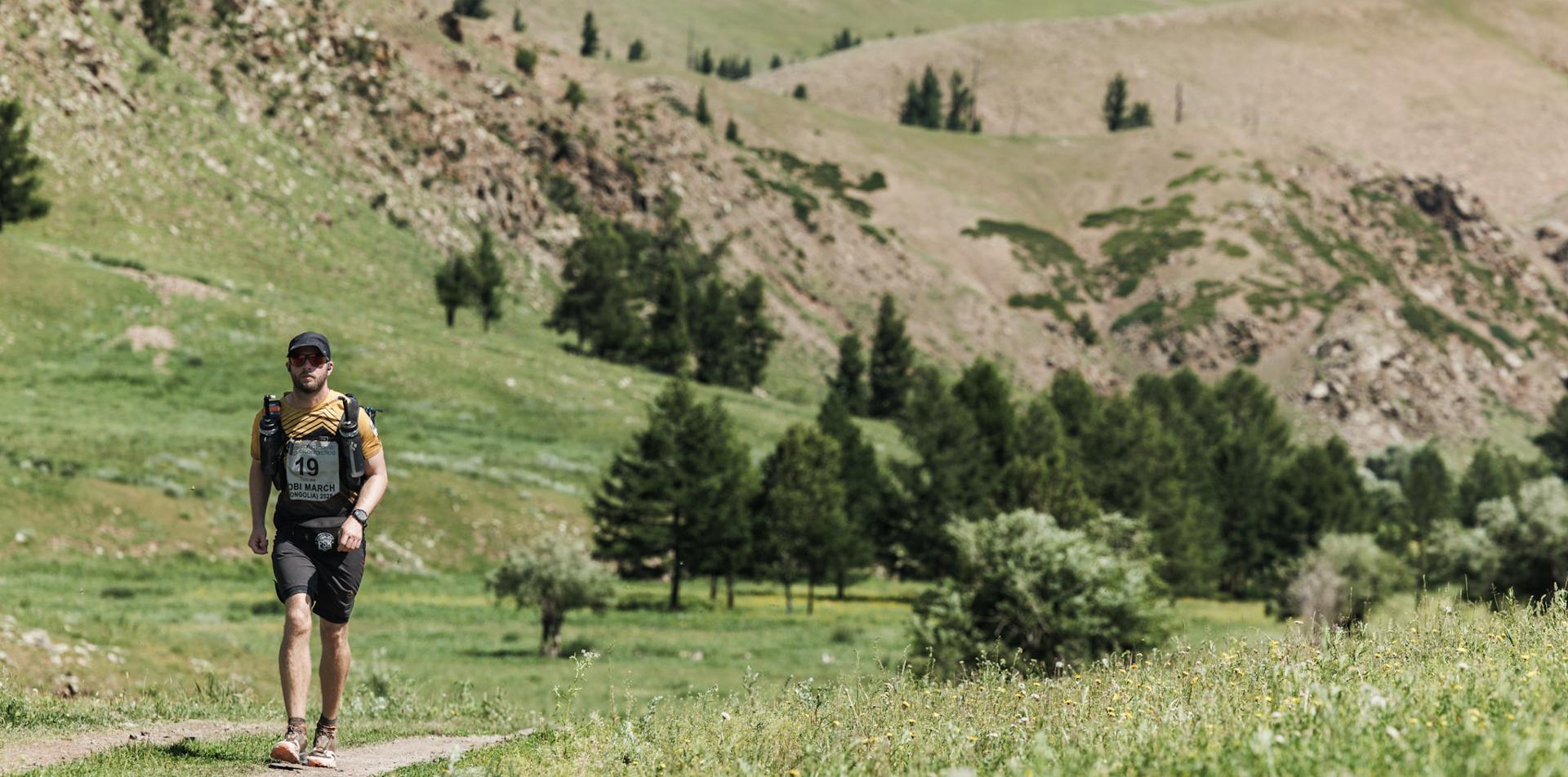Strength Training for Runners
By RacingThePlanet Staff
In this article we will look at the types of training that we can utilize in order to gain greater strength for our running. These will offer an overall outline and including the odd specific movement/exercise, but ultimately it is down to the individual to tailor his or her own training so that it not only strengthens the runner, but keeps the runner interested and motivated. There is no use describing a list of techniques if a runner hates these exercises and shuns them after the first attempt!
Running Techniques:
To become a stronger runner, running is obviously a good place to start. As much as sitting at a desk makes us incredibly talented as desk sitting, running will offer the best chance of adapting to become a better, stronger runner. The human body is very adaptive and malleable and will adapt only to the stimulus/stresses put upon it. It is a fundamentally lazy object with one major objective, that of self-preservation, so it will do whatever it can to make things easier for its self and reduce the chance of being hurt.
So by incorporating the idea of progressive loading, we can gradually become stronger runners by making incremental changes to our running sessions. Many of these we already do naturally, and will include, gradually extending our long run, making small reductions in our interval times at the track (or reductions in rest between repetitions), raising the gradient of some of the hills we run (both outside and on the treadmill), and raising the frequency of our run sessions (while all the time keeping an eye on overtraining).

Core Work:
Many injuries and weaknesses within a runner’s form come from a weakness in the core. Whether an injury occurs in the hip, the groin, a knee, or the ankle, there is every chance that this injury may have been avoided with core stabilization/strengthening so that everything stays strong and in line, even towards the end of a very long race. With this in mind the recommendation for core training is unanimous among running professionals.
We can approach core stabilization/strengthening from two different angles. The usual angle is for people to concern themselves with the far more overt core muscles like the abs. The abs are important of course, but a set of rock hard abs might not save us from the problems described. The core also includes a lot of deeper muscles that we never see. These muscles are used to stabilize, align, and move the trunk of the body. Our go to exercises such as crunches and planks have been shown to be very inefficient ways on engaging these deeper muscles. We should instead focus on exercises that also add a dimension of ‘controlled instability’ so that these deeper muscles are switched on for much longer and will therefore adapt and strengthen.
Examples of these exercises might be simple variations of exercises we know already. Instead of a basic plank, we can add ‘controlled instability’ by lifting a foot, reaching with an arm, or performing the exercise on a less than stable surface such as a wobble board or stability ball.
Leg Strengthening:
Our cardiovascular system is massively important when it comes to running, but without the leg strength to match we will never run at our full potential. Stronger legs enable us to run faster, and in a more controlled way, and will help us avoid injury when we ask that extra bit from them.
We can very easily add some leg strengthening exercise to our training session without the need for a gym or specialist equipment. Bodyweight squats and lunges will engage a lot of running specific muscles and can be added either pre or post-run without it adding much time to your session. There is a full gamut of variations on these two basic exercises to be found on the internet. Try and Google ‘squat matrix’ or ‘lunge matrix’ and you begin to see how many cool bodyweight exercises you instantly have to draw from.
One of the hardest bodyweight squats to do will be the single-leg squat. This exercise will help in many running aspects and especially in descending. The impacts can be heavy when running down a technical trail and so the ability to handle impact on one leg, and maintain a stable pelvis, will help everything remain stable and injury free. If the single-leg squat proves too difficult to begin with we can use an alternative method in the gym using the leg press machine. In this variation we have intrinsic stabilization through the machine, but we can still strengthen. With a weight that we can comfortable handle pushing out with two legs, we extend. Now with the weight under control we will take one foot off the pad and perform the eccentric part of the exercise with just the one working leg, controlling the weight slowly as we return to our start position. Multiple reps and sets of all the above will greatly help our leg strength.

Compound Exercises:
Finally we must consider compound exercises. These are the mainstay of any gym routine, and bodybuilding program. These exercises engage multiple muscle groups simultaneously enabling greater efficiency in our workouts as well as greater working loads under control.
Deadlifts are a perfect exercise for runners as they engage the legs and the lower back. As a group we are prone to lazy glutes, with our hamstrings doing all the work. Deadlifts can help to activate the glutes which are a big strong muscle group which can be great for our running strength and form.
We may even incorporate one or two upper body compound exercises to keep everything balanced, and encourage a better balance of lean muscle mass throughout the body. The chest press and pull up will work the vast majority of the upper body and can be a fun way to rest the legs and core between sets too.
In Summary:
It is tempting to spend all of our spare time running in order to become a better runner and there is a lot of logical sense in that. If time allows however, we should try and incorporate a more varied strength training program to make us simultaneously stronger, faster, safer, and more efficient runners.







 Newsletter
Newsletter
 Online Store
Online Store





